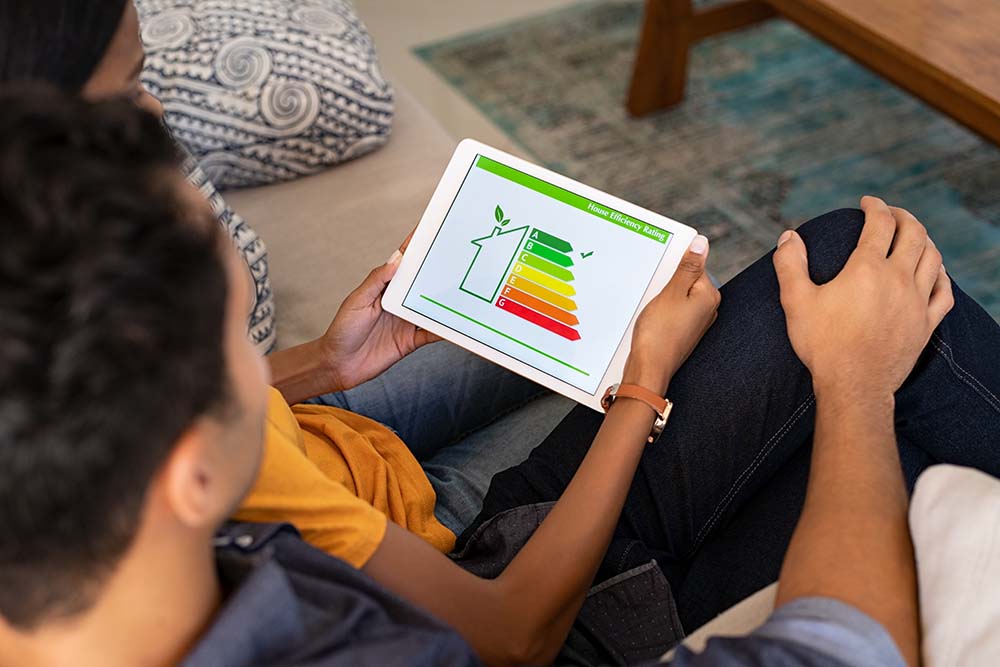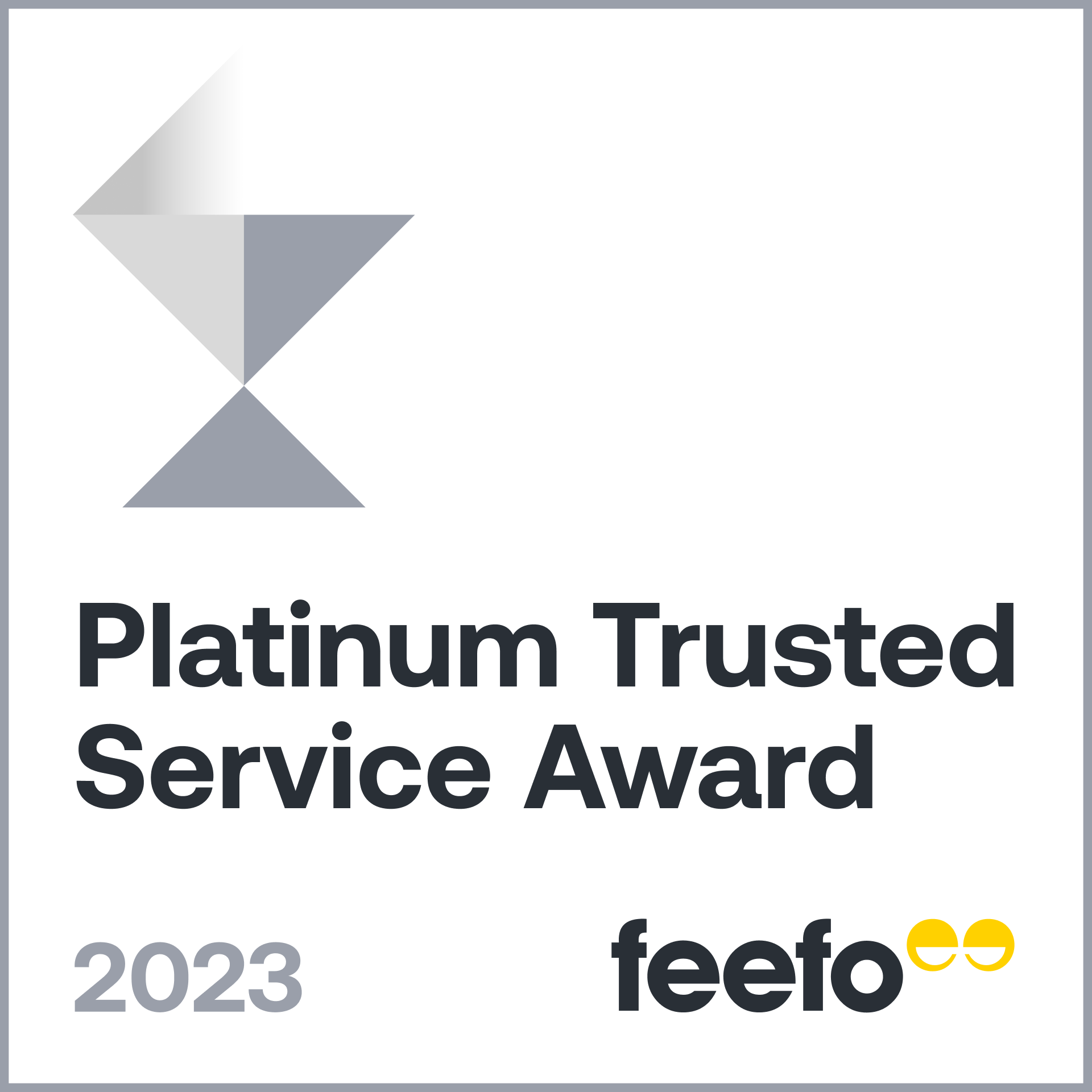It’s likely to be one of the stiffest challenges for any buy to let landlord these days – and in the years to come. And that is keeping up with the ever-changing and increasingly rigorous energy efficiency standards demanded by law of any property in the private rented sector.
So, let’s take a closer look at the Energy Performance Certificate (EPC) rules for rented property.
The law
Since October 2008, any private rented dwelling in England and Wales requires a valid Energy Performance Certificate (EPC). The certificate confirms the energy efficiency of your let property which is given a rating between A and G – where a G rating is the most inefficient and an A rating the most energy-efficient.
Subsequently, stricter Minimum Energy Efficiency Standards (MEES) came into force on the 1st of April 2018, setting new standards by which any new tenancy starting after that date would have to have an EPC rating of at least an E rating. With effect from the 1st of April 2020, every let property – new and existing tenancies – has been required to conform to the minimum E rating of the MEES.
The relevant legislation is the Energy Efficiency (Private Rented Property) (England and Wales) (Amendment) Regulations 2019 and it is unlawful to let a property without the stipulated EPC rating. Different but similar legislation applies in Scotland and in Northern Ireland.
Exceptions
The government appears to have recognised the financial impact these energy efficiency standards may have on those landlords forced to upgrade older and less energy-efficient properties:
- once a landlord has spent £3,500 (including VAT) on any upgrade to a property, no further improvements need to be made, and you can apply for an exemption from further MEES enforcement; and
- if you can prove that the works necessary to improve the property’s energy efficiency will devalue or damage it, or if you have been unable to obtain the necessary third-party permissions (from sitting tenants or a freeholder, for example) you may again register an exemption.
Some Houses in Multiple Occupation (HMOs) – multi-occupancy dwellings where several households share basic facilities such as the kitchen, bathroom, and toilet – are exempt from the MEES standards, as are hostels. In all other cases, a certificate is required for each flat or house you might be letting.
Where an EPC is required, the certificate remains valid for 10 years and you must arrange a separate EPC for every let property you own.
On the horizon
But landlords are not yet done with the EPC challenge. At the end of 2020, the government held further consultations on the feasibility of rolling out stricter energy-efficiency standards still.
The upshot of that consultation exercise was a decision in principle by the government to strengthen the standards further through the requirement that all new tenancies created after 2025 would have to be in dwellings with an EPC rating of C or above.
That new standard would then be applied to all tenancies – including new and existing tenancies – by the year 2028. Although the current exemptions would continue to apply, the price cap on the cost of improvements is expected to be raised from £3,500 to £10,000.
The timeline for the introduction of these standards is incorporated in a Private Members Bill before Parliament that has been tabled by Lord Foster.
It remains to be seen, of course, during these times of escalating inflation, whether landlords will be able to afford the expense of still further energy-efficiency improvements.
Disclaimer: Please note that this information is based on the author’s current understanding of legislation and may be liable to change. Please always check with the relevant body if you require further guidance or confirmation.








